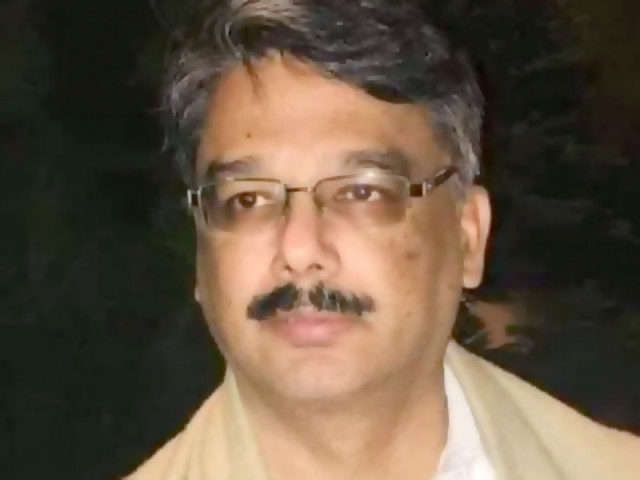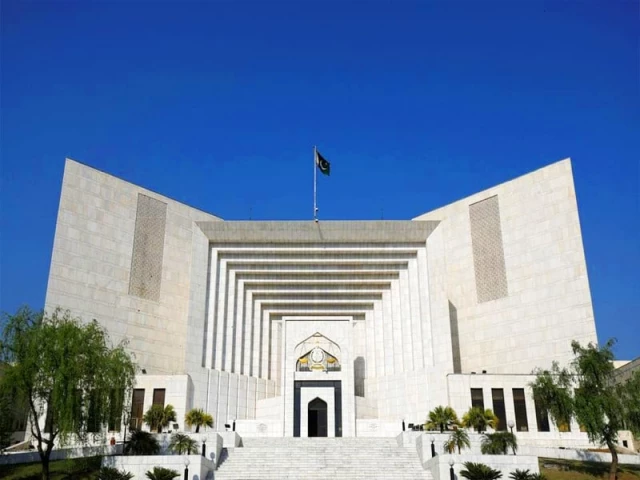…
Author: admin
-
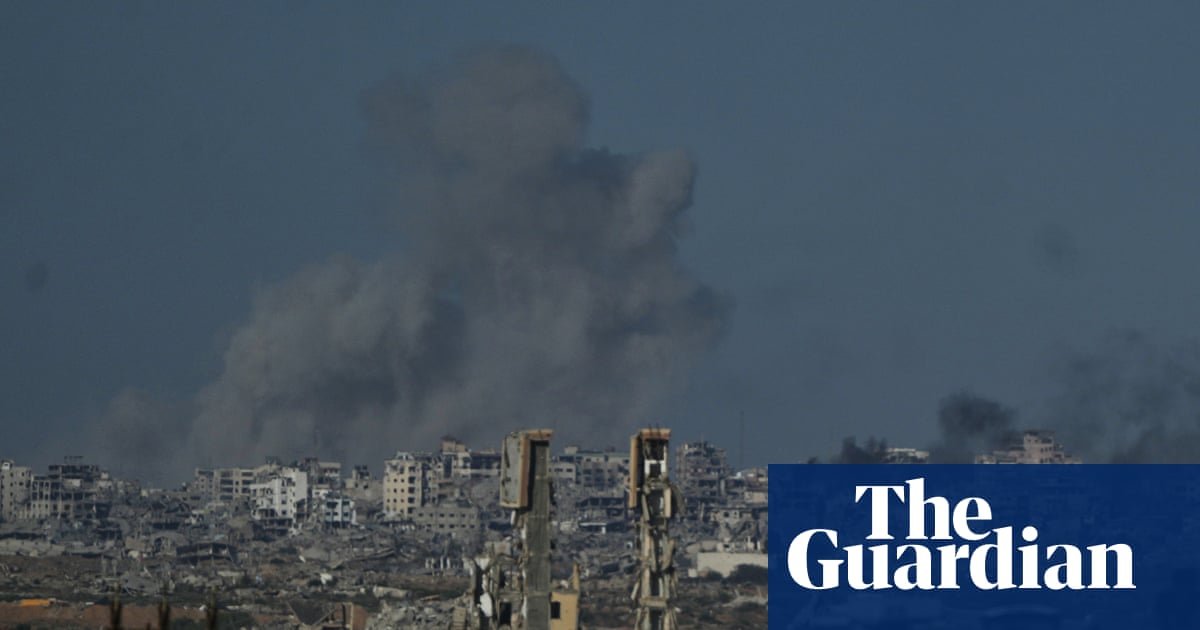
‘First phase’ of ceasefire deal to end war in Gaza agreed by Israel and Hamas | Gaza
Israel and Hamas have agreed to the “first phase” of a peace plan to pause fighting and release some hostages and prisoners held in Gaza, bringing the best hope yet of a definitive end to a bloody two-year conflict that has killed ten of…
Continue Reading
-

Best Prime Day Deals Loved by Celebrities October 2025
Got2b Glued Brows & Edges Gel ($6, originally $7)
If there was a brow gel that I’d say was sent from Heaven, it’s this one from Got2b. I started using it over the summer after seeing Kylie Jenner’s GRWM on TikTok and I haven’t gone back to my old…
Continue Reading
-

Royal Children’s Hospital detects severe epilepsy in children using AI
Royal Children’s Hospital detects severe epilepsy in children using AI | Mobi Health News
…
Continue Reading
-

Daniel Craig, Rachel Weisz attend ‘Knives Out 3’ red carpet together
Daniel Craig and Rachel Weisz gave fans a rare glimpse…
Continue Reading
-

Best October Prime Day 2025 PC gaming deals: Save big on laptops and accessories
Amazon’s October Prime Day sale ends tonight, but there’s still time to take advantage of markdowns on a wide range of products, including laptops, desktops, SSDs, headsets, and monitors from top brands such as Dell, HP, and more. You can even…
Continue Reading
-

NBC to Air Extended Taylor Swift ‘Tonight Show’ Episode
The Tonight Show Starring Jimmy Fallon is set to launch a special episode this Friday — “Taylor Swift (Extended Cut)” — featuring more moments from Swift’s late night interview.
The pop star stopped by Monday’s The Tonight…
Continue Reading
-
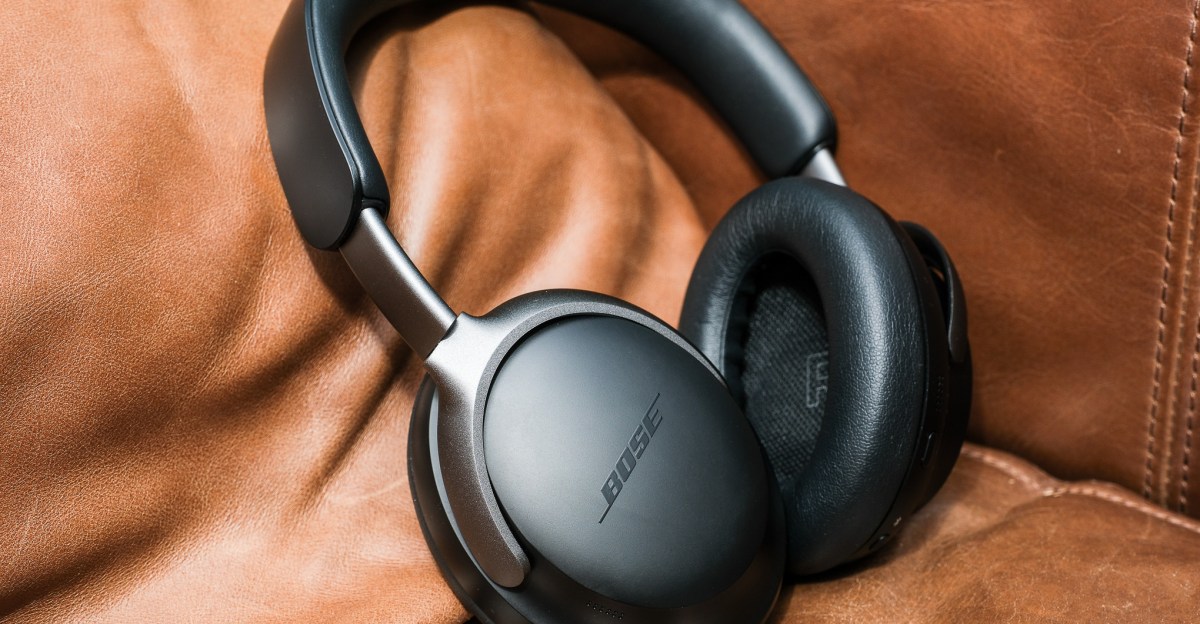
You can still save up to 70 percent on headphones from Bose and Sony today
If you’re shopping for a new pair of noise-canceling headphones or a cheap set of earbuds — or looking to upgrade — you’re in the right place. We’ve rounded up the best options from Apple, Beats, Bose, Sony, and more. While this is…
Continue Reading
-
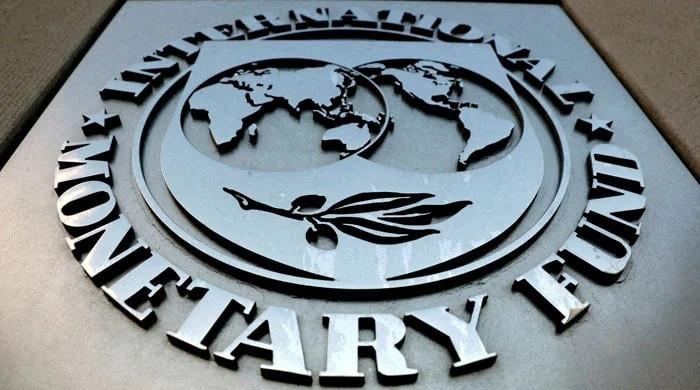
Staff-level agreement within reach as Pakistan, IMF advance talks
The International Monetary Fund (IMF) logo is seen outside the headquarters building in Washington, U.S., September 4, 2018.— Reuters - Talks mainly focused on economic reforms and fiscal stability.
- Two car import…
Continue Reading
